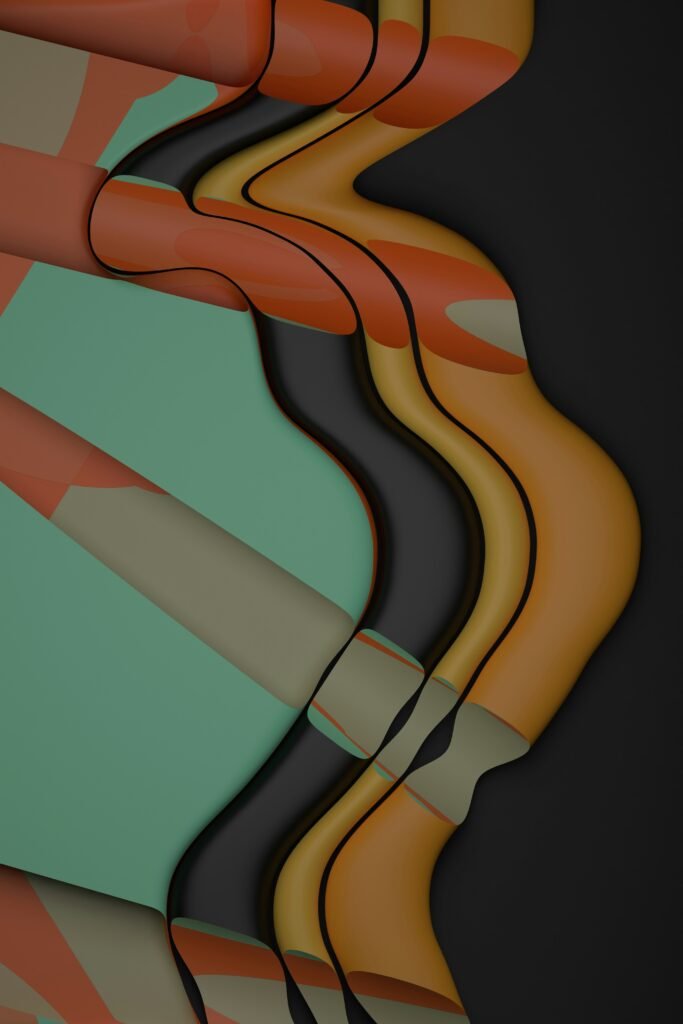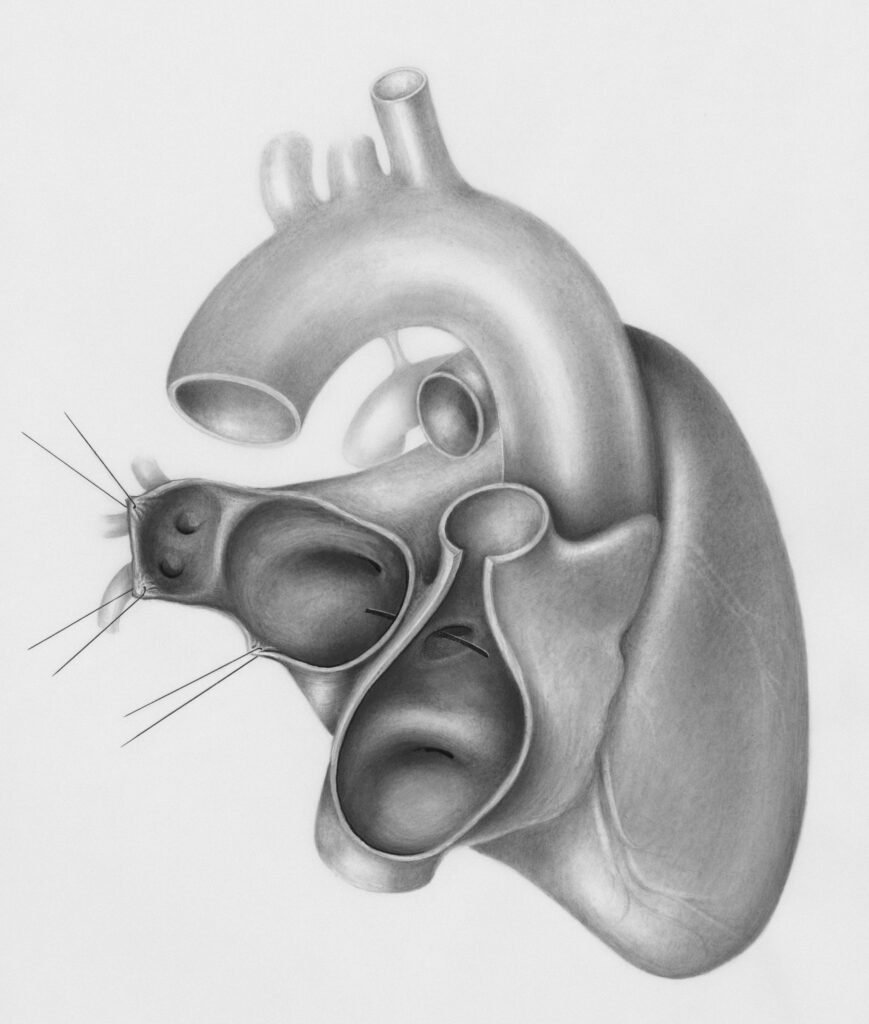Have you ever found yourself wondering why your fingers get cold so quickly when you’re outside in winter? Or why, despite bundling up, you sometimes still feel that biting chill? The answer lies in a fascinating physiological response known as cold-induced vasoconstriction. Understanding this process can deepen your knowledge of how your body reacts to environmental changes.

What is Cold-Induced Vasoconstriction?
Cold-induced vasoconstriction is your body’s way of regulating blood flow in response to cold temperatures. Have you noticed how your skin feels tight or even a bit numb in the winter? That’s because your blood vessels, particularly those near the surface of your skin, constrict or narrow. This response helps your body conserve heat and maintain your internal temperature.
Why Does This Happen?
When you’re exposed to cold, your body detects the drop in temperature through specialized nerve endings. Signals are sent to the brain, which triggers the constriction of blood vessels. This mechanism reduces blood flow to the skin and extremities, which ensures that your core body temperature remains stable.
The Role of the Autonomic Nervous System
The autonomic nervous system is your body’s unconscious management system. It’s split into two main parts: the sympathetic and parasympathetic nervous systems. In cold conditions, the sympathetic nervous system kicks into action, releasing hormones like norepinephrine. This release causes the smooth muscles in your blood vessel walls to contract, leading to vasoconstriction.
The Importance of Vasoconstriction
Your body’s ability to constrict blood vessels in response to the cold serves several essential purposes. The primary reason is to preserve heat. By reducing blood flow to the skin and extremities, your body minimizes heat loss. This process is especially crucial during extreme cold because it helps protect vital organs located in the core of your body.
The Physiological Effects of Cold-Induced Vasoconstriction
Now that you know what cold-induced vasoconstriction is, let’s take a closer look at what happens physiologically during this response.
Peripheral Blood Flow Reduction
As your blood vessels constrict, you may notice that your hands and feet feel colder than the rest of your body. This effect occurs because the reduction in blood flow primarily affects the peripheral regions, prioritizing warmer blood around your vital organs to maintain their function.
| Region | Blood Flow Changes | Temperature Sensation |
|---|---|---|
| Core Body (Trunk) | Increased | Maintains warmth |
| Extremities | Decreased | Feels cold |
Impact on Metabolism
Cold exposure can also stimulate an increase in your metabolic rate. While your body reduces blood flow to the extremities, it simultaneously requires more energy to maintain your core temperature. This need can elevate your metabolism as the body works harder to generate heat.
Brown Adipose Tissue Activation
In response to cold, your body may activate brown adipose tissue (BAT), a type of fat that generates heat. Unlike white fat, which stores energy, brown fat is metabolically active. It burns calories to produce heat, which aids in keeping your body warm in chilly conditions.
Why Cold-Induced Vasoconstriction is Beneficial
Understanding the benefits of cold-induced vasoconstriction reveals why this response is vital for survival, especially in colder climates or during harsh weather conditions.
Protection from Frostbite
One critical benefit of vasoconstriction is the protection it provides against frostbite. By limiting blood flow to the extremities, your body significantly reduces the chances of these areas freezing. If the tissue in your fingers or toes loses too much warmth, it can lead to tissue damage, but vasoconstriction aids in keeping those vital areas warm in extreme conditions.
Enhanced Heat Conservation
By prioritizing core temperature, vasoconstriction helps ensure that your vital organs function effectively. This response is crucial for survival, especially during prolonged exposure to cold, as it maintains your ability to perform even in challenging environments.
Increased Alertness
Cold can invigorate your alertness and energy levels. The combination of increased circulation and the release of certain hormones can help you feel more alert and awake in chilly conditions. The brain requires a consistent blood supply to function efficiently, and this process can give you a cognitive boost when temperatures drop.
Factors Influencing Cold-Induced Vasoconstriction
Cold-induced vasoconstriction isn’t a one-size-fits-all response; several factors can influence how your body reacts.
Individual Variation
Some people have a natural predisposition to sensitivity to cold or the effectiveness of vasoconstriction. Factors like age, sex, and body composition can play a role. For example, younger individuals may have better circulation and a more robust vasoconstriction response than older adults.
Psychological Factors
Your mental state during exposure to cold can also alter your body’s reaction. Stress, anxiety, and other psychological factors can directly affect how your body manages blood flow and heat conservation. The body’s response can sometimes be exaggerated when you are stressed, further tightening blood vessels and leading to feeling even colder.
Acclimatization
Over time, your body can adapt to different temperature environments, a process known as acclimatization. People living in colder regions often develop a more pronounced and efficient response to cold exposure. Their bodies learn to handle colder temperatures with greater ease, allowing for better thermal regulation.

Methods to Mitigate Cold-Induced Vasoconstriction
While cold-induced vasoconstriction is a natural physiological response, there are ways to manage your comfort in cold weather.
Dress Appropriately
Layering your clothing can create insulation that helps maintain your body warmth, reducing the response needed to constrict blood vessels. Wear a base layer that wicks moisture away, an insulating middle layer, and an outer layer that protects against wind and water.
Keep Moving
Regular movement boosts circulation, encouraging better blood flow to your extremities. If you find yourself outside in the cold for extended periods, try to stay active—this action will help your body maintain a more stable temperature and reduce the effects of vasoconstriction.
Warm-Up Gradually
If you’ve been out in the cold and are heading indoors or to a warmer location, try to warm up gradually. Jumping into a hot shower or wrapping yourself in heavy blankets can shock your system; instead, allow your body to acclimate slowly to the temperature change.
Hydration and Nutrition
Staying hydrated and properly nourished can enhance your body’s ability to withstand temperature changes. When your body has the right nutrients, it can generate heat more effectively and maintain blood circulation, helping to lessen the noticeable effects of cold-induced vasoconstriction.
When to Seek Medical Advice
While cold-induced vasoconstriction is a normal response, some conditions could indicate a more serious issue if you experience excessive symptoms.
Raynaud’s Phenomenon
If you often find that your fingers or toes turn white or blue in response to cold or stress, you might have Raynaud’s phenomenon. In this condition, the vasoconstriction response is exaggerated, leading to painful and extreme cold sensations. Consulting a healthcare professional can help manage this condition.
Hypothermia
Be cautious if you begin to feel extremely cold and experience confusion or lethargy. These signs might indicate hypothermia, a life-threatening condition where your body loses heat faster than it can produce it. If you suspect hypothermia, seek medical help immediately.
Poor Circulation
If you notice persistent numbness in your limbs that doesn’t seem related to cold exposure, it might indicate poor circulation or an underlying health condition. Addressing these symptoms with a healthcare provider can lead to appropriate treatment.

Conclusion
Understanding cold-induced vasoconstriction offers insights not only into how your body operates but also why it’s essential for survival in cold environments. With this knowledge, you’re better equipped to handle the chill, taking steps to enhance your comfort and wellbeing during those frigid days. By respecting your body’s natural responses and learning how to support them, you can enjoy the winter months and all the cozy delights they bring.

